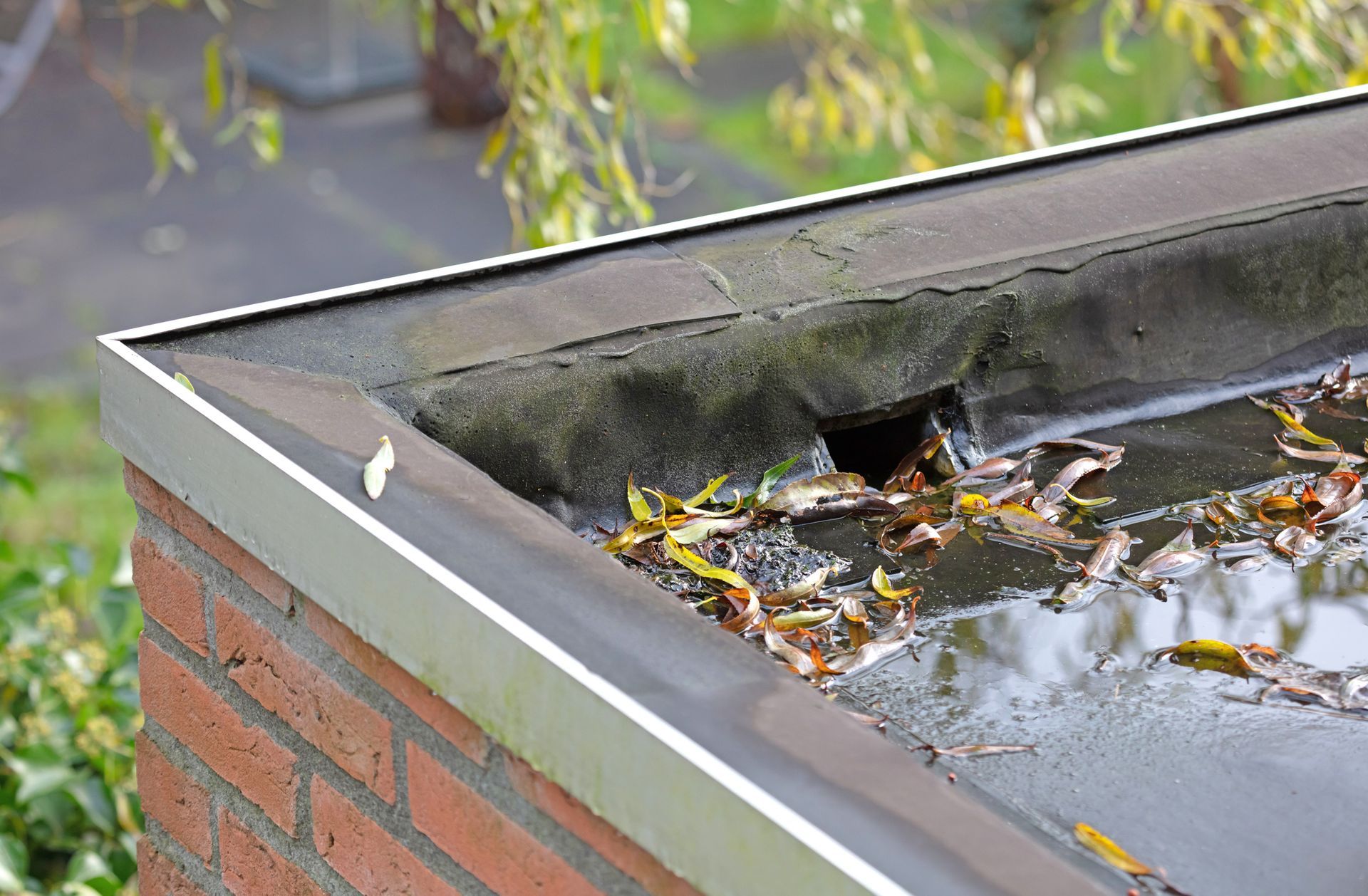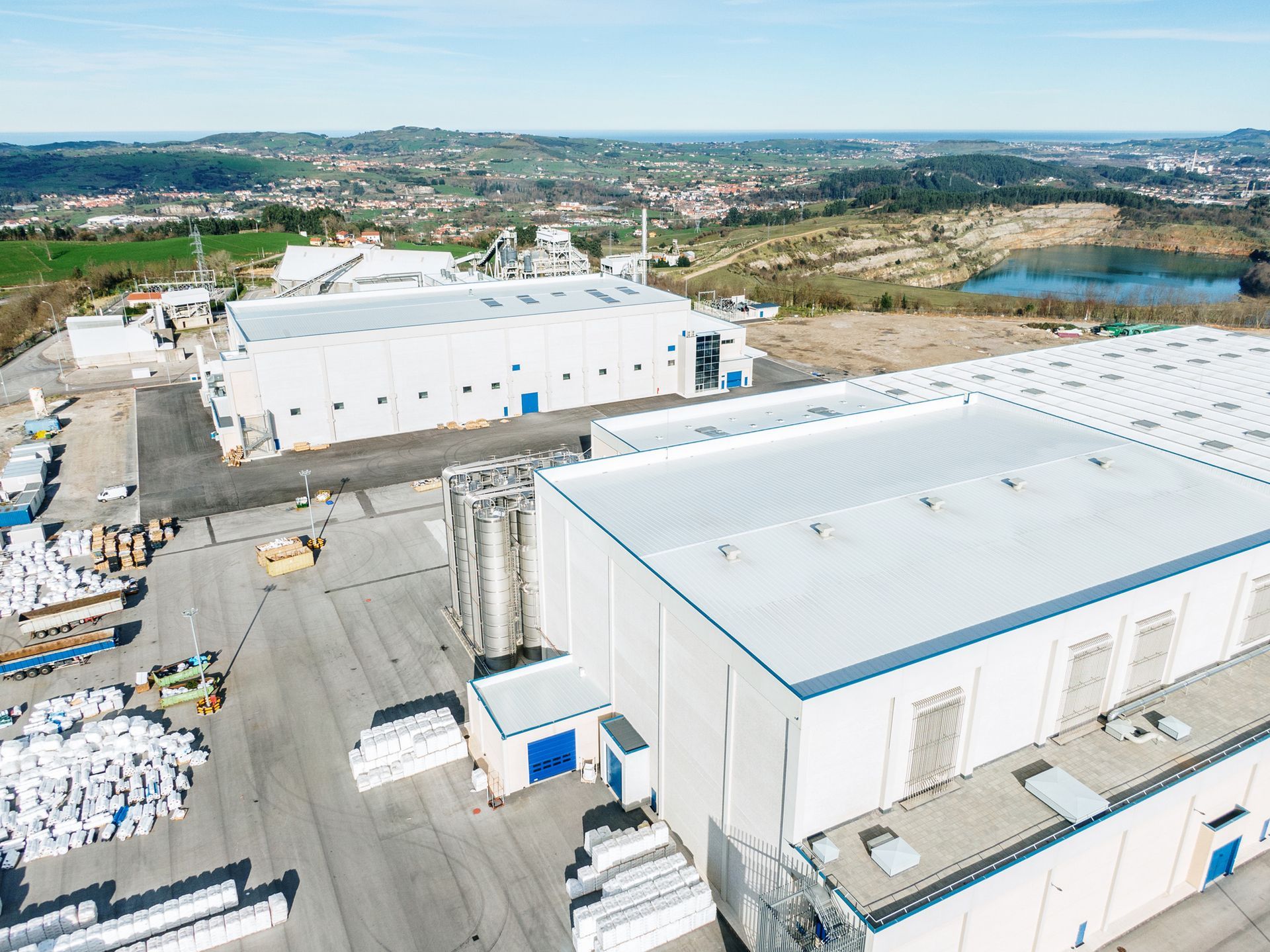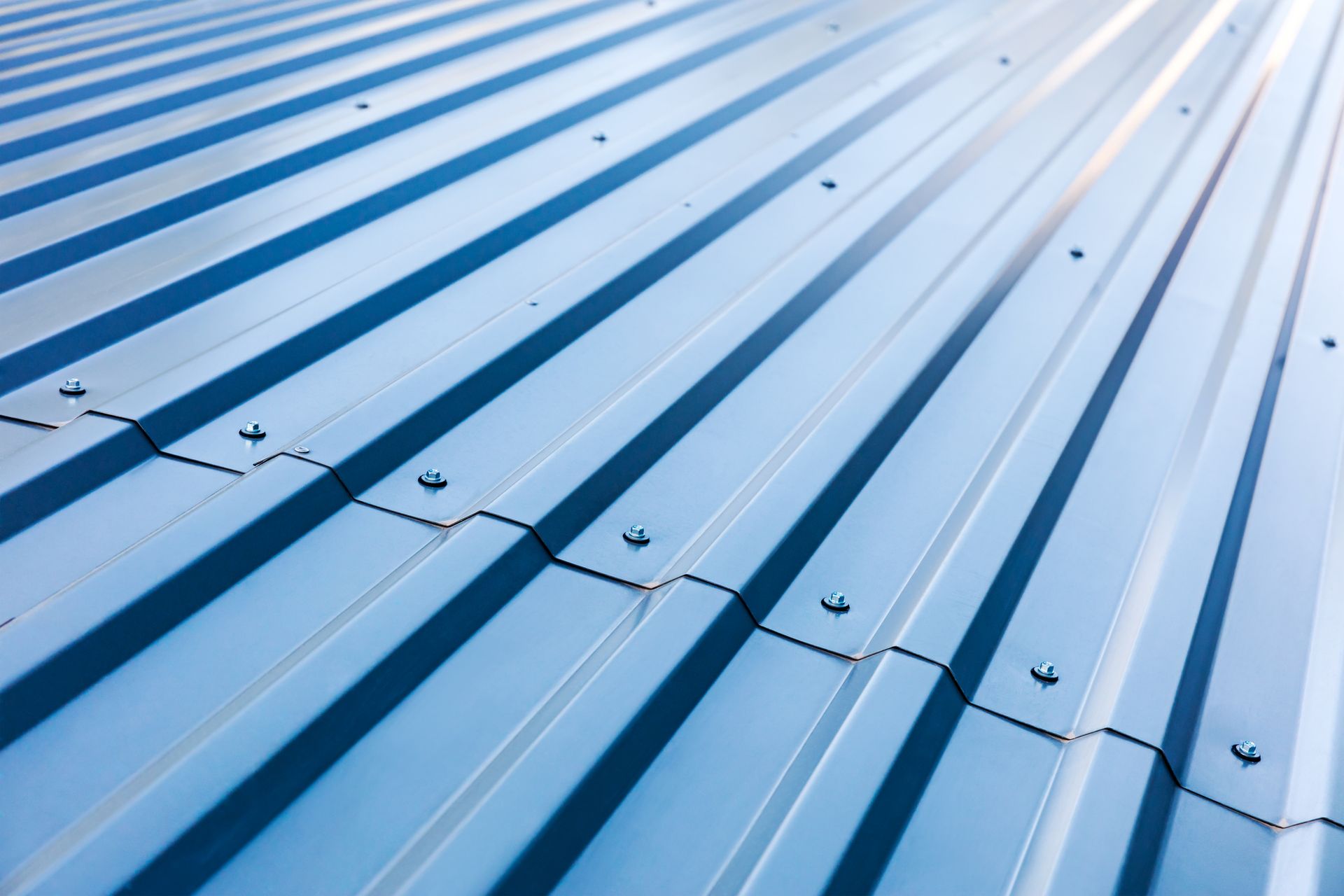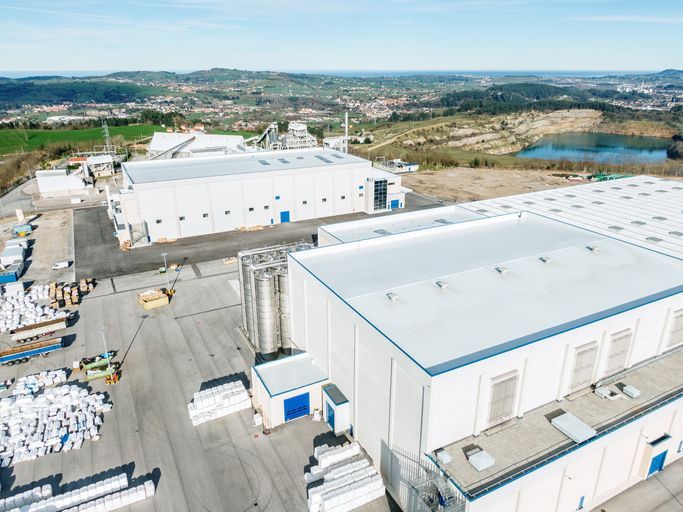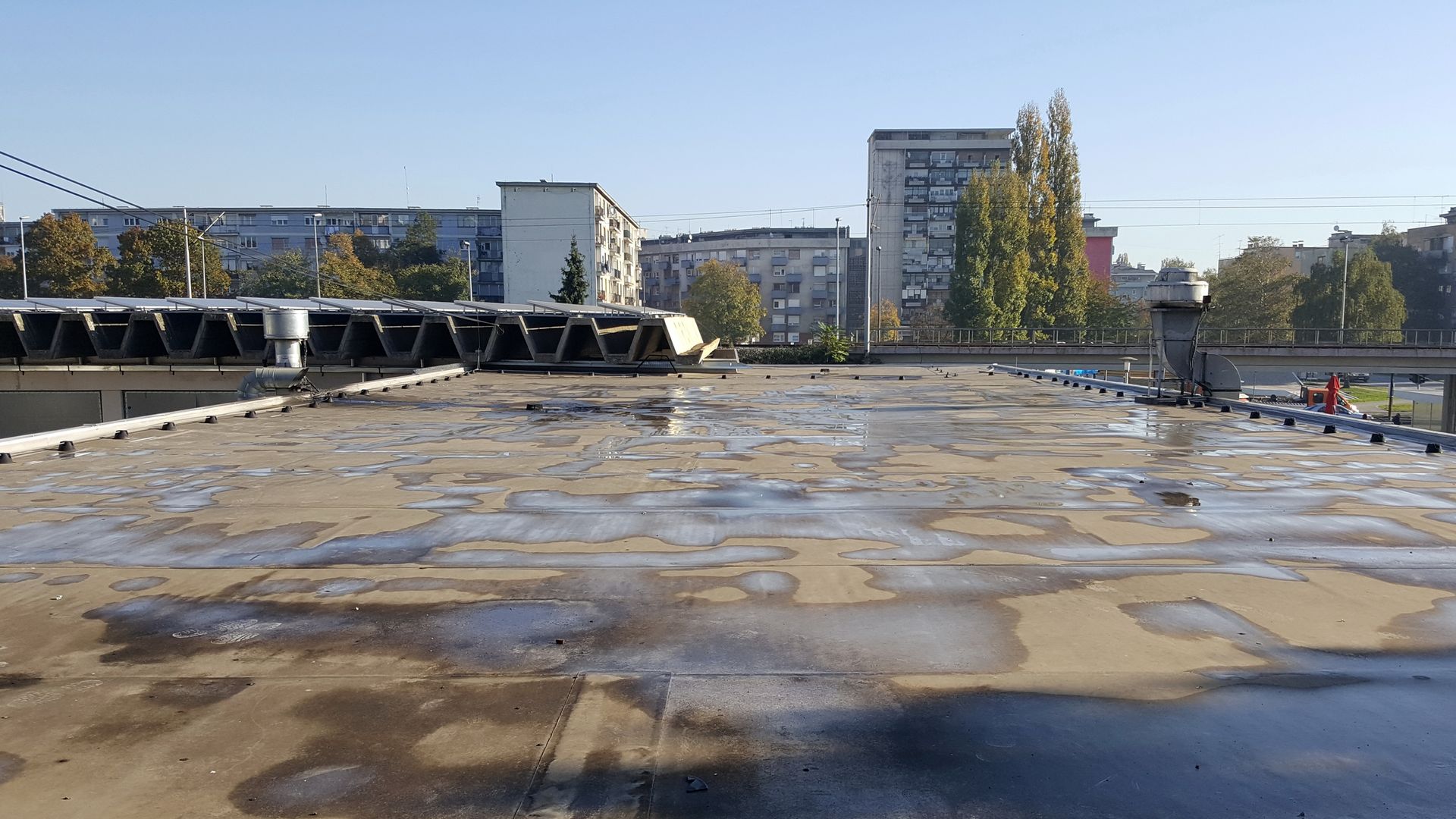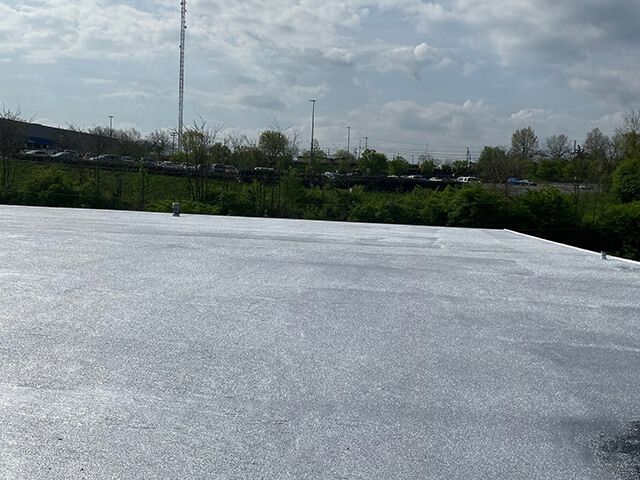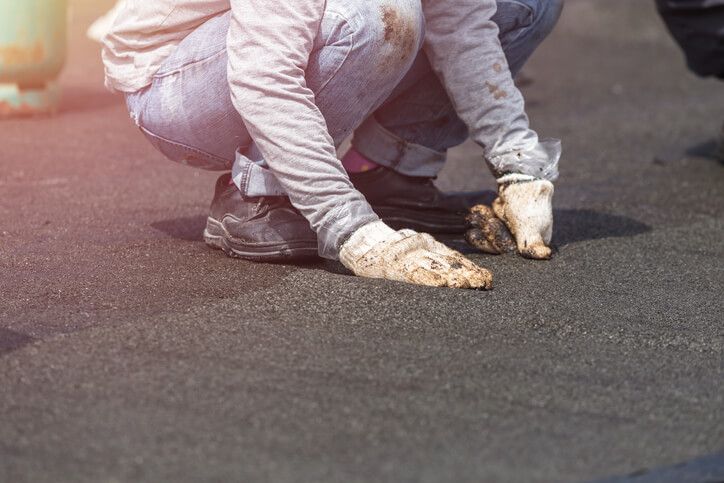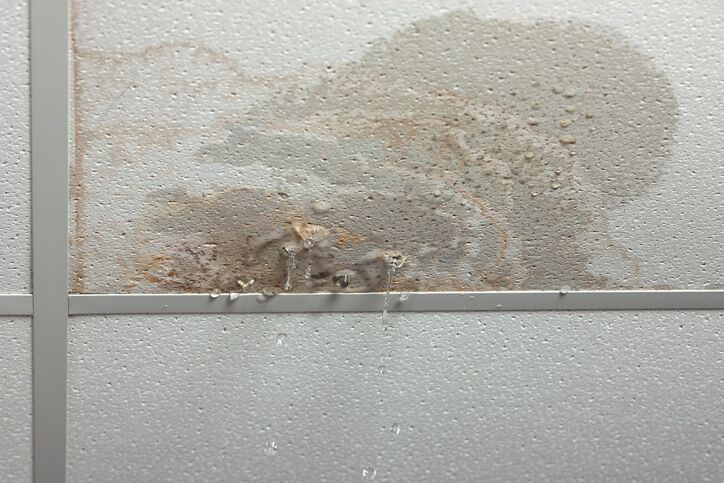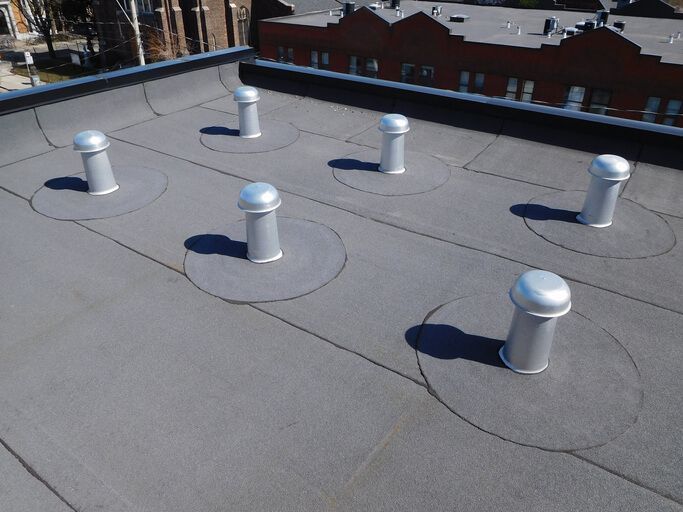Winterizing Your Commercial Roof
With winter fast approaching, ensuring your commercial roofing system is prepared to weather the harsh storms and snowfall is crucial. The winter season can place a lot of stress on your commercial roof, so here are a few tips to help you prepare:
Clean Out Your Downspouts and Gutters
Your gutters and downspouts help keep water from puddling on your roof, so keeping them clear and functioning is the key to preventing damage. When cleaning debris from your roof, be sure to also check your gutters and downspouts and clean them as needed.
While you may be able to do this on your own, it is recommended you rely on a roofing professional to ensure the job is done safely.
Check for Roof Damage
Damage can occur due to maintenance traffic, debris or items being thrown onto or falling onto the roof, and animal infestation. At ACR1, our professional roofers are trained to identify signs of damage caused by a variety of factors.
Animal infestation is common in the winter as these animals seek shelter from the cold and snow. As they seek shelter, they can damage your roof to create a home. Be sure to keep your commercial roof clear of nests, dropping, or food scraps that could attract pests to your roof.
Check the Quality of Sealants and Caulking on the Roof
While caulking is long-lasting, it eventually wears down. Be sure to inspect for any areas that are missing caulking or have wrinkled or crumbling caulking, which will need to be replaced.
Clean on and Around Your Commerical Roof
Cleaning is a type of preventative maintenance that helps keep issues with mold, moss, animals, mildew, drainage, and more from getting out of hand. In addition to cleaning, we also recommend that you:
- Trim the surrounding trees so they do not overhang the roof.
- Remove any bird nests that are not legally protected from the roof.
- Address issues with slow drainage or areas where water is pooling.
- Clean away any fruit, nuts, or leaves that feel from surrounding trees.
With regular professional roof cleanings, we can identify any damage done by animals or branches as well as any branches that are dumping additional snow onto the roof, which can lead to leaks and, in some cases, collapse.
Have a Snow Removal Plan in Place
Late summer or early fall is the perfect time to create a snow removal plan for your commercial roof. Your trusted roofing contractor at ACR1 can assist you in creating this plan. A snow removal plan is critical because you could end up with six to twelve inches of snow on your roof in one night.
You want to have a plan in place and take special care not to damage the roof membrane when removing the snow.
Have Your Roof Inspected Regularly
Additional Tips for Keeping Your Commercial Roof Intact Over the Winter
Winters also bring ice damming to your commercial roof. This issue occurs when your drainage system becomes clogged with ice, which can block your drainage. Be sure to check for this issue and make sure you are performing preventative maintenance to avoid it.
We also recommend that you check the condition of your roof after the first snowfall. This will help you see how your roof performs and will also show you any problem areas you may have missed. Make sure that the runoff is flowing through the drainage system and that the snow is melting in a consistent pattern. You also want to check whether or not the awnings of the roof are buckling under snow pressure and where there are piles of ice or snow close to the roof.
Winterize Your Roof with ACR1
Our experienced team can help you prepare for the winter season with our extensive knowledge and roofing know-how! Contact us today to learn more.
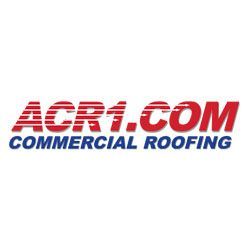
Author:
Floyd Mason
Born and raised in farming in Iowa
Worked in and around construction since 1977
BS in Corporate Finance and Financial & Estate Planning from Brigham Young University. Involved in Boy Scouts of America for more than 35 years, Scoutmaster 15 years Estimator, Project Manager, Sales Representative, Crew Leader, Laborer, Territory Manager, District Manager, Regional Manager, National Sales Manager,
ACR1.COM Sales & Marketing Manager since 2013.
